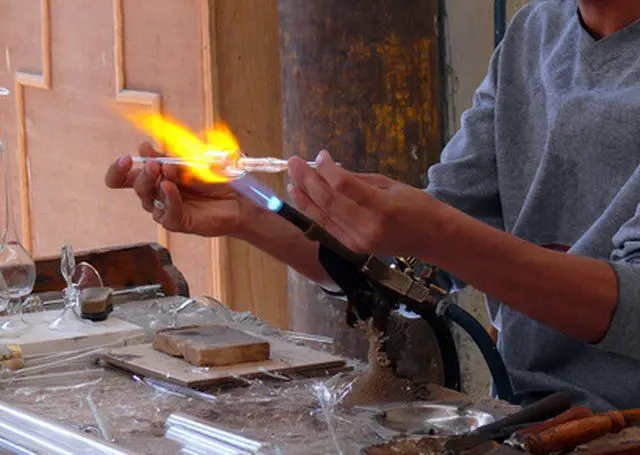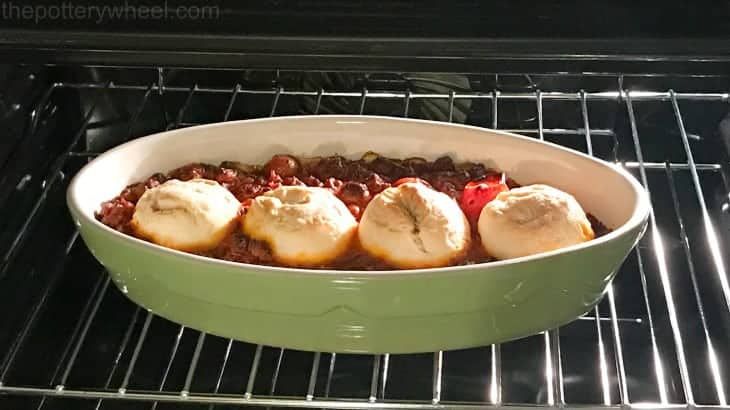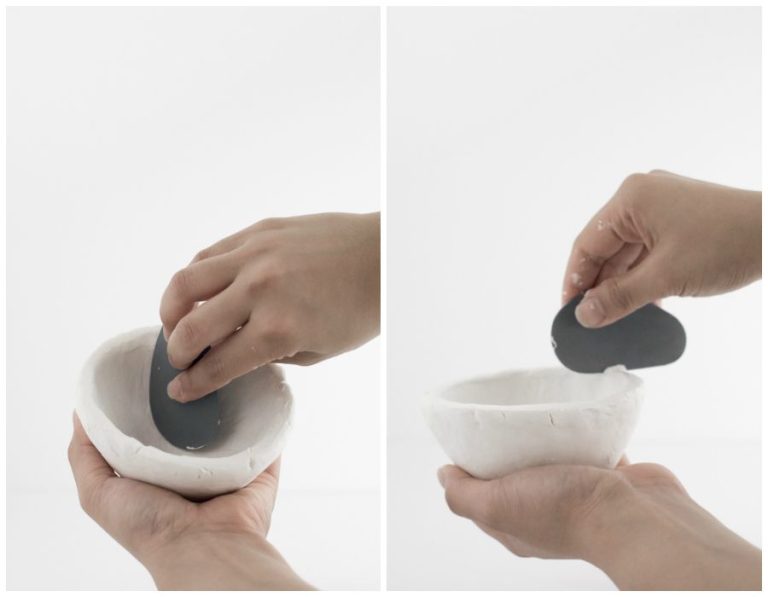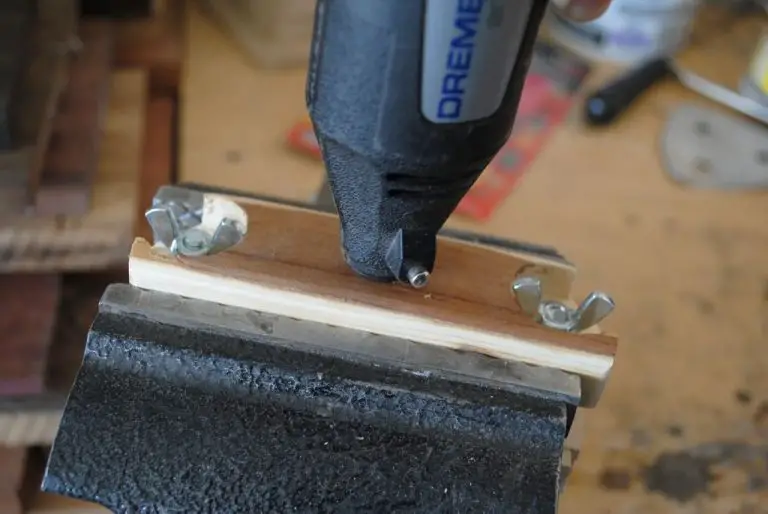How Hot Does Glass Have To Be To Melt Back Together?
Glass is an inorganic, non-metallic material made by heating a mixture of silica sand (SiO2), soda ash (Na2CO3) and limestone (CaCO3) to very high temperatures. Glass becomes molten or liquid at a specific temperature and solidifies when cooled. The process of heating and cooling glass to melt and re-form bonds between molecules is known as the melting point. The melting point of a substance is the temperature at which it converts from a solid state to a liquid. For glass, melting means heating it until it becomes a highly viscous liquid that can flow and be molded. Melting point depends on the chemical components that make up glass.
Chemical Composition of Glass
Glass is primarily composed of silicon dioxide (SiO2), also known as silica. Silica is found in nature in the form of quartz and sand (cite: https://www.globalspec.com/reference/38783/203279/Chemical-Composition-of-Glass). When silica is heated to very high temperatures, around 1700°C, it melts and forms a viscous liquid that can then be shaped into glass.
However, pure silica glass is difficult to work with due to its high melting point. To lower the melting temperature, other compounds are added to the silica, such as sodium oxide, calcium oxide, magnesium oxide, and aluminum oxide. The exact chemical composition determines the various properties of the glass, including its melting point (cite: https://www.frontiersin.org/articles/10.3389/fchem.2020.00384). By modifying the amounts of additional compounds, glassmakers can produce glass with a workable viscosity at lower temperatures.
Factors that Affect Melting Temperature
The melting temperature of glass is influenced by several factors including the chemical composition, thickness of the glass, and type of glass.
Chemical composition and impurities have a significant effect on melting temperature. The main components of glass are silicon dioxide (silica), sodium oxide, and calcium oxide. Increasing the silica content raises the melting point, while adding sodium oxide lowers it. Impurities act as fluxing agents and lower the melting temperature. For example, adding boron oxide as an impurity reduces the melting point considerably compared to pure silica glass.
Thickness also matters. Thicker glass requires more time and energy to melt fully. Thinner glass sections or powders melt at lower temperatures than larger solid blocks of the same material. This is due to differences in heat conduction through the material.
The type of glass also impacts the melting point. For instance, borosilicate glass contains boron trioxide and melts around 1000°C. On the other hand, quartz glass is pure silica-based and has an extremely high melting point of 1700°C. Knowing the glass composition informs the ideal melting temperature range.
Typical Melting Temperatures
The melting temperature of glass depends on its chemical composition. Common types of glass include:
- Soda-lime glass: This is the most common type of glass, composed primarily of silicon dioxide (silica) with sodium oxide and calcium oxide added. It has a melting temperature range of 1400-1650°C (2550-3000°F).
- Borosilicate glass: This type contains boron trioxide, which lowers the melting temperature to between 1150-1260°C (2100-2300°F). Borosilicate glass is known for its heat resistance.
- Lead glass: The addition of lead oxide gives lead glass a soft, brilliant appearance. It melts at temperatures ranging from 1000-1150°C (1830-2100°F).
- Aluminosilicate glass: Alumina and magnesium oxide are added to this glass, increasing chemical resistance. It melts between 1500-1600°C (2730-2910°F).
- Quartz glass: Almost pure silica, quartz glass has an exceptionally high melting point of 1600-2000°C (2910-3630°F).
In general, increasing the silica content raises the melting point, while adding alkalis and other compounds lowers it. The exact composition determines the ideal melting temperature range for a particular glass type.
Measuring Melting Temperature
There are several methods used to measure the melting temperature of glass. One common method is differential scanning calorimetry (DSC). This technique measures the difference in heat flow between a sample and a reference material as they are heated at a controlled rate. The melting temperature is determined by observing the endothermic peak that occurs as the sample absorbs heat during melting.
DSC provides an accurate way to determine melting temperatures, but requires specialized equipment. More basic methods can also be used to find approximate melting ranges. One simple approach is the capillary tube method, where powdered glass is placed in a thin glass tube and heated while observing the temperature at which the sample melts and flows down the tube. This can identify a melting range, but may be less precise than DSC.
Other options include hot stage microscopy, where samples are visually observed melting under a microscope, or dilatometry which measures volume changes during heating. Each method has tradeoffs between accuracy, precision, and accessibility of required equipment. But overall, modern analytical techniques like DSC provide the most reliable way to quantify the melting point of glass compositions.
Sources:
https://www.sciencedirect.com/topics/materials-science/glass-melting
Viscosity and Working Temperature
The melting temperature of glass refers to the temperature at which the glass transitions from a solid to a molten, liquid state. However, glassblowers and glass artists refer to a working temperature instead of melting temperature when heating glass. The working temperature is lower than the melting point and is related to the viscosity of molten glass.
Viscosity is a measure of a fluid’s resistance to flow. The viscosity of molten glass decreases rapidly as temperature increases. At its melting point, glass has a viscosity around 10^12 Pa*s which makes it too stiff to work with. As the temperature increases, the viscosity drops exponentially. The working temperature is defined as the temperature at which molten glass has a viscosity low enough to be workable, usually between 10^3 to 10^6 Pa*s. This viscosity range allows the glass to be blown, shaped, and formed.[1]
The difference between melting temperature and working temperature depends on the chemical composition of the glass. For example, soda-lime glass has a melting temperature around 1500°C but a working temperature between 1000-1100°C. For lead crystal glass, the melting point is around 1300°C while the working range is 900-1000°C. Knowing the viscosity-temperature relationship allows glass workers to heat glass to its optimal forming temperature.[2]
Melting Glass in Industry
Glass melting furnaces used in industry operate at very high temperatures to melt raw materials into molten glass. According to Basics of industrial glass melting furnaces (Hubert, 2015), temperatures inside industrial glass melting furnaces can range from 1300-1500°C depending on the type of glass being produced.
These furnaces are carefully engineered to maximize energy efficiency and stabilize the glass melting process. Combustion of fuels combined with electrical boosting are used to achieve the extreme temperatures needed for industrial scale melting. The design of the furnace is also optimized to promote mixing and homogeneity of the molten glass.
Energy consumption is a major cost in industrial glass production, so there are ongoing efforts to improve the thermal efficiency of glass melting furnaces. Regenerators or recuperators are used to recover waste heat and preheat combustion air entering the furnaces (Worldwidescience.org, n.d.). By recovering waste heat, less fuel needs to be burned to sustain the high temperatures. Improved insulation, optimized burner design, and combustion control also help maximize efficiency.
Melting Glass at Home
While glassmaking historically required large, industrial furnaces and teams of skilled artisans, hobbyists can melt and shape glass at home with more basic equipment. According to this guide, there are a few DIY options for melting glass at home:

Torches: Small handheld torches, like those used for jewelry making or crafts, can generate enough concentrated heat to melt the surface of glass. This allows hobbyists to fuse or shape smaller glass pieces. Proper safety gear like goggles, gloves, and a fireproof work surface are essential.
Kilns: Small electric kilns designed for glass fusing provide another option for home hobbyists. Kilns allow heating glass evenly to the high temperatures needed to melt it fully for shaping and fusing projects. Kilns require ventilation and supervision when operating at extreme temperatures. Most home hobbyist kilns only hold a few pounds of glass.
While industrial glass furnaces reach temperatures of over 2000°F, most hobbyist torches and kilns only reach up to 1500-1600°F. This limits the amount and types of glass that can be successfully melted. Proper safety precautions are also critical when melting glass at home using high heat equipment.
Safety Concerns
When melting glass at home, safety should be the top priority. Glass must be heated to extremely high temperatures, usually between 1000-1700°F, in order to melt and become malleable. Working with molten glass requires proper safety equipment and precautions.
Proper ventilation is crucial when melting glass to allow dangerous fumes to dissipate. Melting glass produces toxic fumes and gases that can be dangerous if inhaled. Working outdoors or near an exterior vent is ideal. Respiratory protection like a respirator or mask is also recommended.
Molten glass and the equipment used to melt it can cause severe burns if proper insulation and protective gear isn’t worn. Thick, fire retardant clothing, sturdy closed-toe shoes, insulated gloves, and safety googles are required when handling molten glass. Specialized tools like punties should be used.
A fire extinguisher must be on hand when melting glass as a precaution. Fires can occur if molten glass comes into contact with flammable materials. A dedicated space away from flammable items should be used.
When melted at home, glass should be worked in small batches of no more than a few pounds. Larger volumes increase the risks if an accident were to occur. Care should also be taken when disposing of molten glass.
With proper safety gear and vigilance, glass can be melted safely on a small scale at home. However, extreme caution is warranted given the high temperatures required.
Conclusion
In summary, the temperature needed to melt glass depends on its chemical composition. Soda-lime glass, the most common type of glass, typically melts between 1400-1600°F. Borosilicate glass melts at slightly higher temperatures of 1500-1700°F. Lead glass has the lowest melting point at around 1200°F. Quartz glass, which is pure silica, requires the highest temperature at over 3100°F to melt.
Industrially, glass furnaces can reach temperatures above 2000°F to melt, refine, and homogenize glass. For hobbyists melting glass at home, temperatures between 1400-2200°F can be reached with a propane or natural gas torch. Special safety precautions need to be taken due to the high temperatures.
With the proper equipment, most types of glass can be successfully melted at home to reuse or create glass art. The key is achieving the ideal viscosity for the glass to flow and join together through surface tension without boiling or burning. With some care, the right temperature can be maintained to melt glass into beautiful creations.





